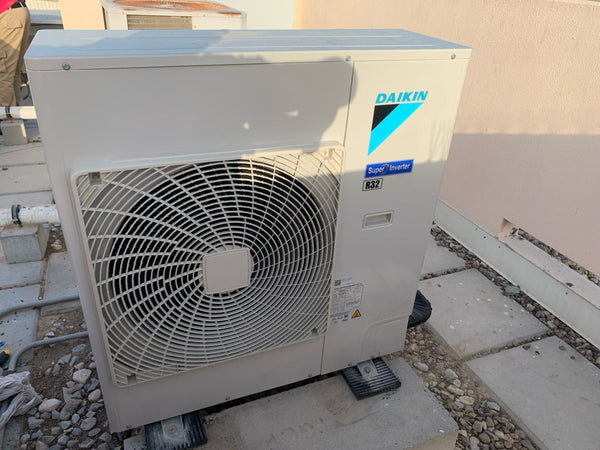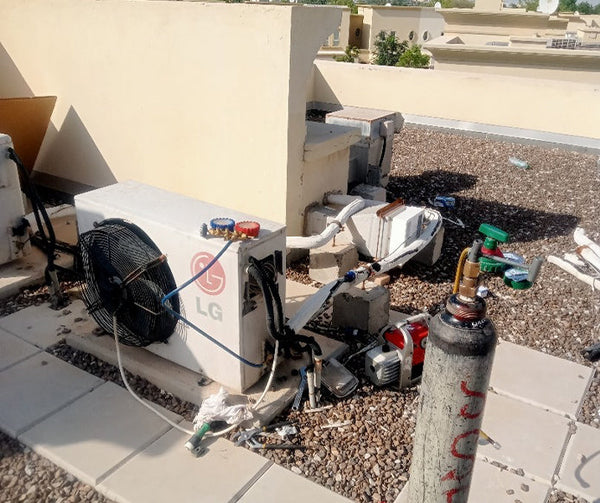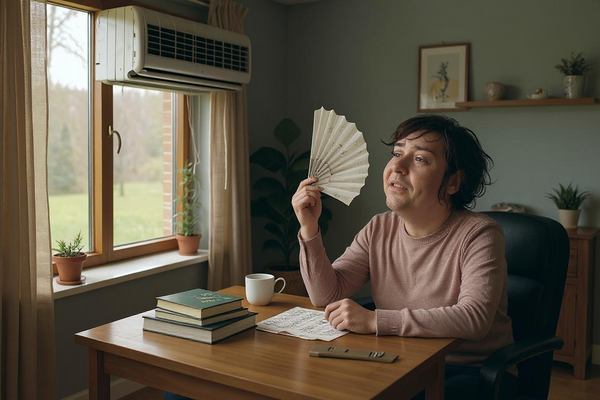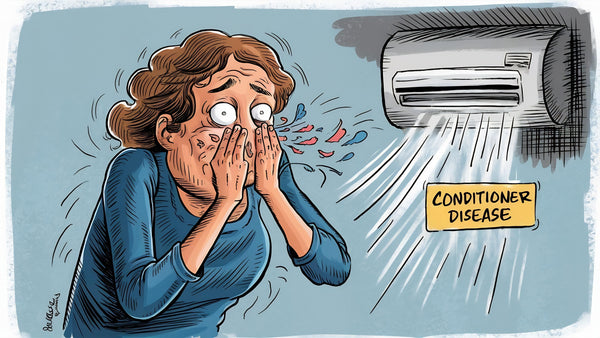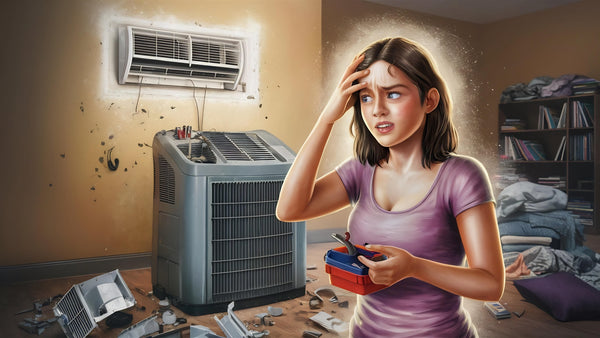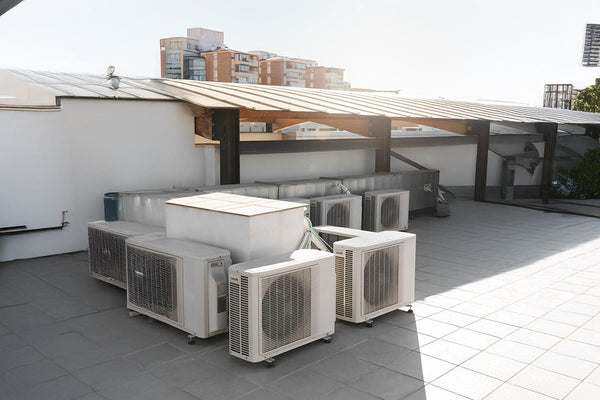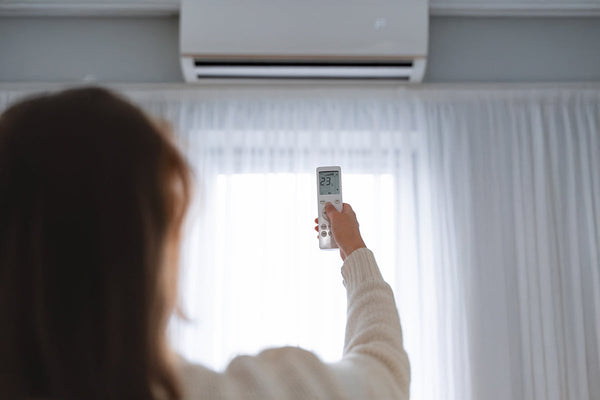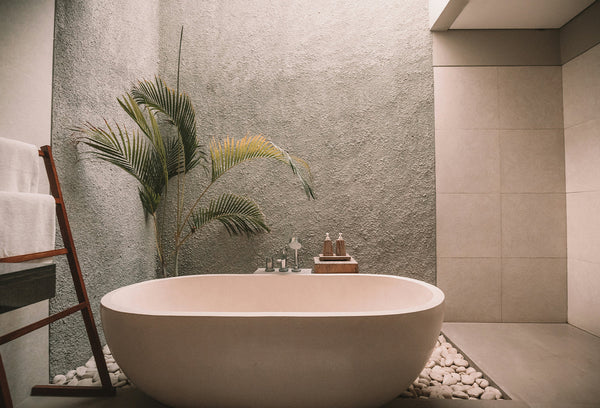Dubai, a city synonymous with luxury and sophistication, is now embracing the timeless beauty of the Wabi-Sabi aesthetic in bathroom interior design. Rooted in Japanese philosophy, Wabi-Sabi celebrates imperfection, natural materials, and simplicity, offering a refreshing contrast to the often opulent styles traditionally associated with Dubai. This trend has become a sought-after approach in modern villa renovations, creating serene, understated spaces that resonate with the values of mindfulness and tranquility.
Understanding Wabi-Sabi in Design
Wabi-Sabi is more than a design trend; it is a philosophy that values the beauty of impermanence and the imperfect. In interior design, this translates to:
1.Natural Materials: The use of wood, stone, clay, and other organic materials that age gracefully over time.
2.Simplicity: Clean, uncluttered spaces that prioritize functionality and authenticity.
3.Imperfection: Celebrating flaws and irregularities as marks of uniqueness and character.
In Dubai’s modern bathrooms, this philosophy is interpreted through thoughtful design choices that balance minimalism with a warm, lived-in feel.
The Appeal of Wabi-Sabi in Dubai
Dubai’s fast-paced lifestyle has created a growing demand for spaces that promote relaxation and mindfulness. The Wabi-Sabi aesthetic offers an escape from the stresses of modern life by creating bathrooms that feel like tranquil sanctuaries. These designs align with Dubai’s penchant for innovative and personalized spaces while embracing a more grounded and nature-inspired approach.
Key Elements of Wabi-Sabi Bathroom Design
1. Natural Materials and Textures
Wabi-Sabi bathrooms in Dubai prominently feature natural materials that evoke a sense of connection with nature. Common choices include:
•Stone: Rough or honed finishes on countertops, sinks, and walls add texture and authenticity.
•Wood: Weathered wood accents, such as vanities or shelving, bring warmth and a touch of rustic charm.
•Clay and Ceramics: Handcrafted tiles or basins with subtle imperfections emphasize the human touch.
The combination of these materials creates a harmonious and organic aesthetic that is both calming and timeless.
2. Neutral and Earthy Tones
The Wabi-Sabi color palette revolves around subdued, earthy hues that enhance the sense of calm. Popular choices include:
•Soft whites and creams
•Shades of beige and taupe
•Muted greens and blues
•Warm grays
These tones create a soothing backdrop, allowing the textures and materials to take center stage.
3. Minimalist Layouts
Wabi-Sabi design prioritizes simplicity and functionality. In Dubai’s bathrooms, this translates to:
•Open and airy layouts that maximize space and light.
•Streamlined fixtures and fittings with clean lines.
•Thoughtful storage solutions to maintain a clutter-free environment.
By removing unnecessary elements, these designs create a sense of balance and serenity.
4. Imperfection as Beauty
A hallmark of Wabi-Sabi is the celebration of imperfection. In bathroom design, this can be seen in:
•Handcrafted Details: Unique, artisanal pieces like pottery or textured tiles.
•Aging Materials: Allowing natural wear and patina to add character over time.
•Irregular Shapes: Incorporating asymmetrical mirrors, basins, or decor items.
These imperfections lend a personal and organic touch to the space.
5. Connection to Nature
Wabi-Sabi bathrooms often include elements that bring the outdoors in. This can be achieved through:
•Indoor Plants: Adding greenery to enhance the natural ambiance.
•Natural Light: Maximizing windows or skylights to create a bright and inviting atmosphere.
•Water Features: Incorporating fountains or stone basins to evoke a spa-like feel.
These elements create a sense of harmony and connection to the natural world.
Crafting the Wabi-Sabi Aesthetic in Dubai
Bringing the Wabi-Sabi aesthetic to Dubai’s bathrooms requires a blend of traditional principles and modern sensibilities. Key considerations include:
•Customization: Tailoring designs to suit individual preferences while staying true to the Wabi-Sabi philosophy.
•Quality Craftsmanship: Working with skilled artisans to create unique, high-quality elements.
•Sustainable Practices: Using eco-friendly materials and designs to align with the growing emphasis on sustainability in Dubai.
By focusing on these aspects, homeowners can create bathrooms that are both stylish and deeply meaningful.
The Role of Technology in Wabi-Sabi Design
While Wabi-Sabi emphasizes simplicity and natural elements, technology can be seamlessly integrated to enhance functionality. Examples include:
•Smart Lighting: Adjustable lighting systems that mimic natural daylight.
•Eco-Friendly Fixtures: Water-saving faucets and showers that align with sustainable principles.
•Underfloor Heating: Providing comfort without detracting from the minimalist aesthetic.
These modern touches ensure that Wabi-Sabi bathrooms in Dubai remain practical and luxurious.
The Future of Wabi-Sabi in Dubai
As Dubai continues to evolve as a global hub for design innovation, the Wabi-Sabi aesthetic is likely to gain further traction. Its emphasis on mindfulness, sustainability, and natural beauty resonates with the city’s forward-thinking ethos. By embracing this trend, homeowners can create spaces that reflect a harmonious balance between luxury and simplicity.
Conclusion
The Wabi-Sabi aesthetic is redefining bathroom interior design in Dubai, offering a serene and understated alternative to traditional opulence. By celebrating imperfection, natural materials, and simplicity, this style creates spaces that are both calming and deeply personal. As the demand for mindful and sustainable living grows, the Wabi-Sabi philosophy is set to become a cornerstone of modern design in Dubai’s luxurious homes. For those seeking to transform their bathrooms into tranquil sanctuaries, Wabi-Sabi offers an inspiring and timeless approach.


